How Do Birds Mate? The COMPLETE Starter Guide!
We’re reader-supported; we may earn a commission from links in this article.
Chances are, you’ve thought to yourself: “How do birds mate?” I was equally as curious as you, to be honest. I found very little information about it online, so I did my own research and found some answers. Here’s what I found:
Most birds mate in a process known as the cloacal kiss. During sexual intercourse, a male bird will attempt to mount the female on her back as the female bends forward and lifts her tail to one side. The cloacal kiss happens when the male cloaca and female cloaca meet with a transient touch.
Sounds interesting? I’ve actually written lots of surprising facts you didn’t know about bird reproduction that you won’t regret reading. Read on to find out more!
Birds Mate In These 10 Main Ways:
- Life Cycle of Birds
- Breeding Systems
- Bird Reproductive Triggers
- Bird Reproductive Systems
- Courtship Displays
- Mating Behavior
- Nesting
- Hatchlings
- Fledglings
- Adulthood
Are you ready to dive into the complex world of bird reproduction? Yes? Then let’s go!
1. Life Cycle Of Birds
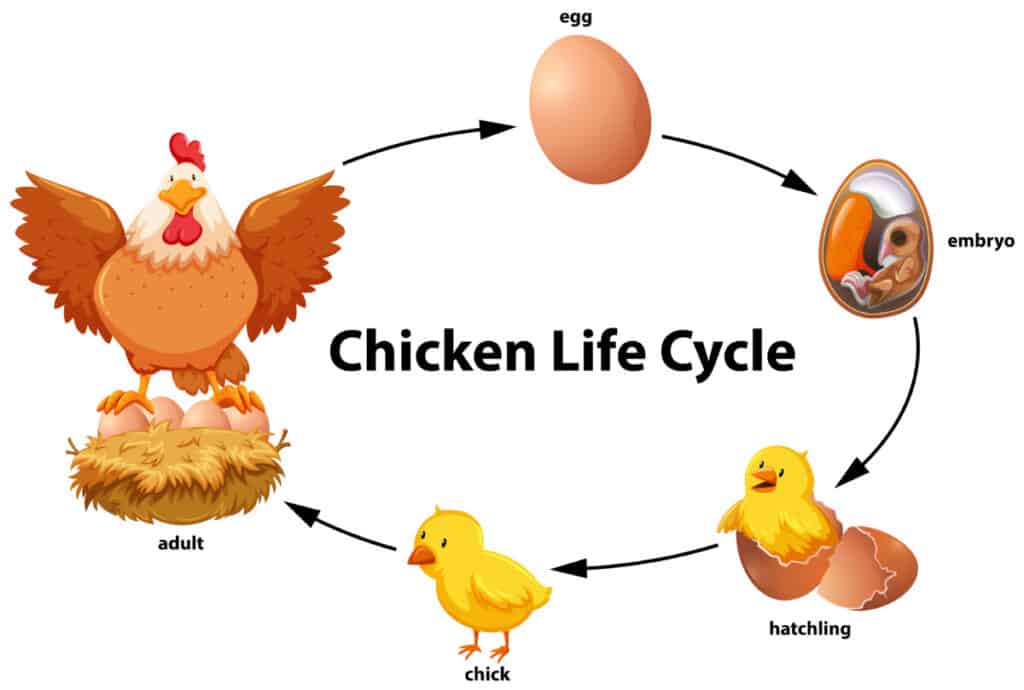
Before we dive right into the details of bird reproduction, we first need to understand the core of reproduction: its life cycle! Look at the image above, that’s the life cycle of a chicken! I’m sure you’ve probably heard of or at least seen the life cycles of animals right?
Simply put for anyone to understand, a life cycle is a cycle in which animals go through throughout their lifetime, that repeats down the generations of their young.
Reproduction occurs when two physically mature birds, one male, and one female, work in cohesion to produce offspring in the form of eggs. Some people refer to this as mating. After incubation, the fertilized eggs will develop into embryos and hatch as hatchlings.
After the bird emerges from the shell and can move freely, it will become a chick. Although in the example above I only showed you the chicken life cycle, this also applies to all birds!
2. What Triggers Birds To Reproduce?

Now, I’m sure you’re itching to dive right into the nitty-gritty details of bird reproduction and their interesting mating rituals right? Before that, you’d also be surprised to learn of the different triggers that cause birds to reproduce. You may often actually wonder to yourself: “how on earth do birds KNOW when is the right to begin copulating and start mating?”
Well, what we know that birds DO NOT mate for pleasure, and purely for procreation and passing down their genes to their young. Typically, the mating seasons follow an annual cycle start in the springtime. (March to April)
Here are some triggers:
(a) Breeding/bird mating season
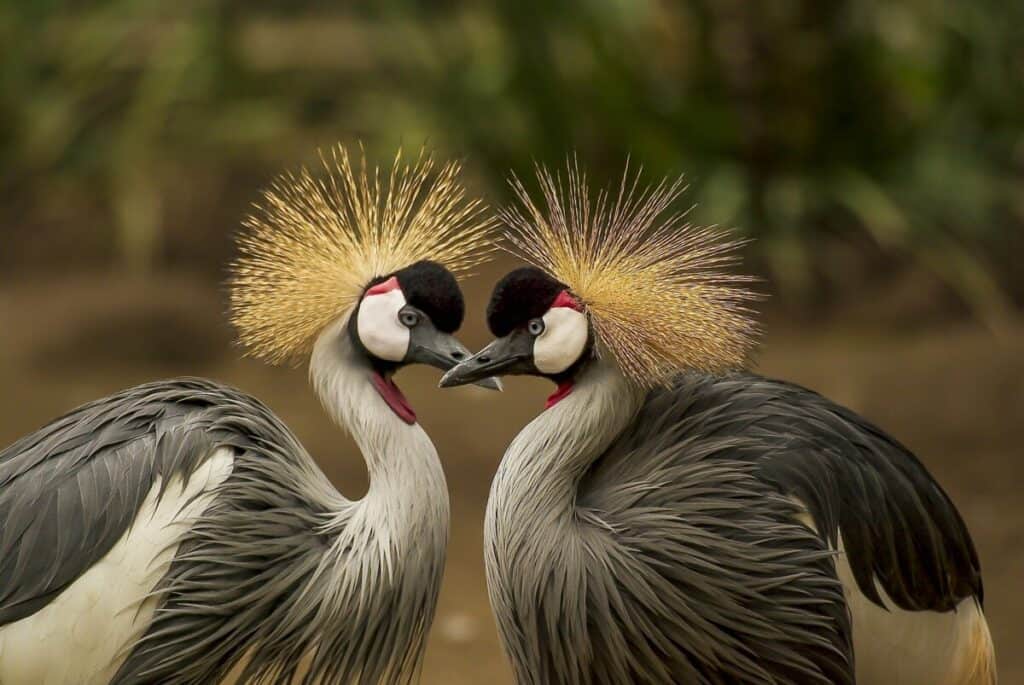
Birds start mating during the breeding/bird mating season. This breeding season happens during spring when there are lots of food sources and melting snow which favor mating rituals.
This is a particular time frame in which birders like us can typically see more nesting birds in both our backyard but also in nests in trees. Birders can begin to observe birds with a much brighter and more colorful nuptial plumage due to changes in the birds’ hormones when they return (Northern hemisphere). after the wintering period.
Hormonal changes not only change the nuptial plumage of birds but also increase their courtship behavior such as bird songs to attract mates and mating rituals. I will be discussing more of this later on in the article so bear with me!
(b) Increasing day length in late winter
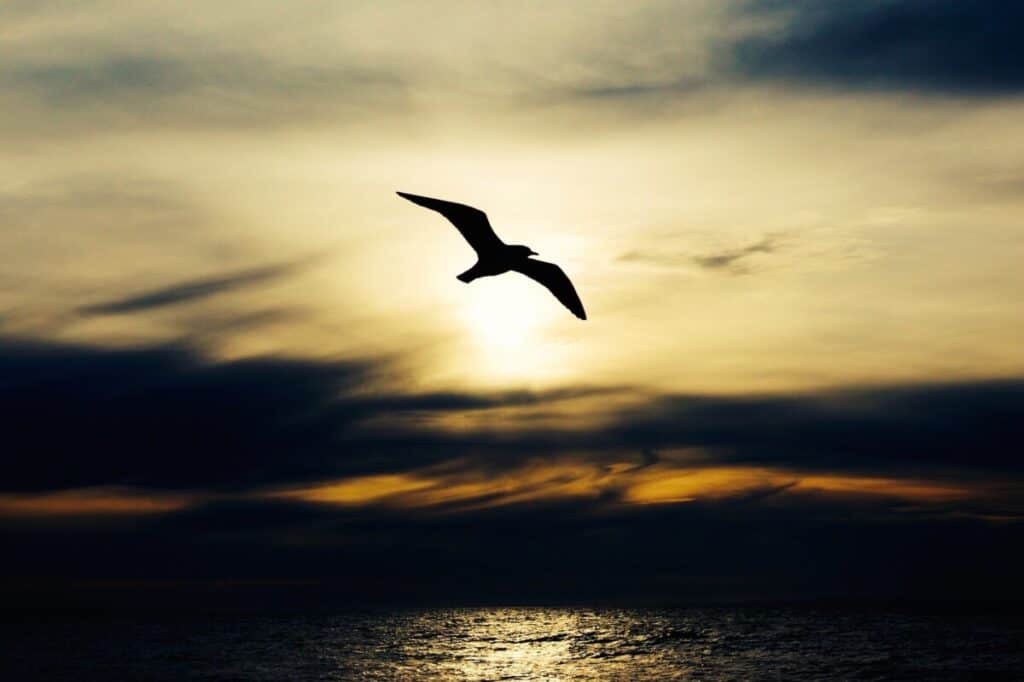
Birds also can sense the increasing day length from late winter into spring. This is also one of the indicators for birds to start thinking about mating.
Scientists have recently found that day length affects the secretion of certain hormones in a bird’s body, which affect the size of their sexual organs, which help in reproduction.
They made a controlled experiment where they exposed male starlings to varying levels of photoperiods (periods exposed to light) from the winter solstice. They found that their sexual organ growth was directly proportional to the photoperiod! [1]

Thus, with more chances of reproductive success from increased testicular growth rate, birds mate and lay eggs more often as the day lengthens after winter!
(c) Food and Water
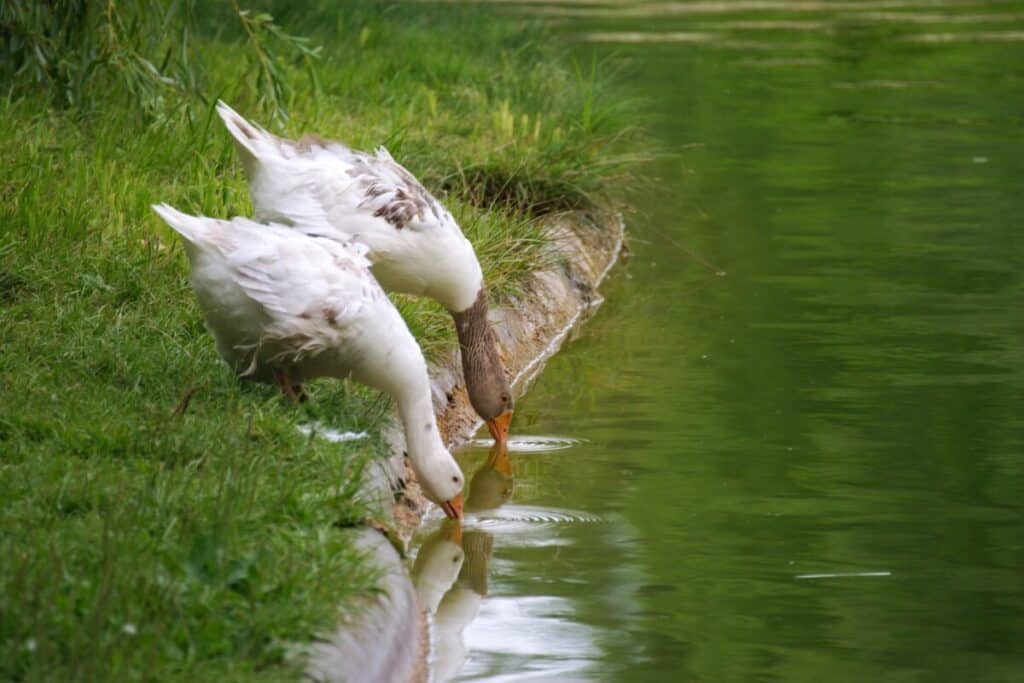
When winter changes into spring, most of the ice starts to melt off. When the ice melts, bugs that were once hidden in the ground that was covered in snow are now revealed fully to birds that forage the forest floor.
In addition, when the ice melts, water bodies slowly change from ice into water, allowing birds to hunt their prey: the fish and other aquatic animals. Ice melting also means that there is more water around in streams all over, allowing the birds to be more hydrated throughout the day.
As a result of higher resources such as food and water, birds are more comfortable in hunting food for both themselves and for the upcoming energy-demanding tasks of finding a mate, laying eggs, incubating them, and eventually take care of their hatchlings.
(d) Availability of Nesting sites
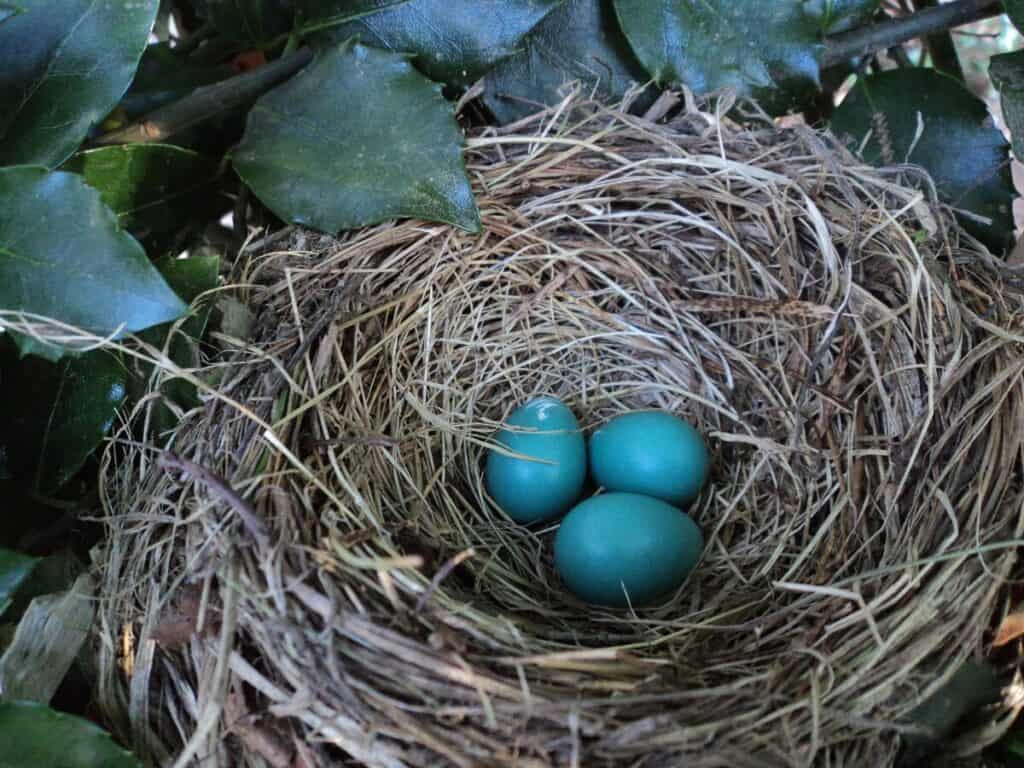
Birds also think of the path ahead of them like how couples plan out to live together after marriage! If there are no resources of availability of nesting sites for birds, then they will delay mating until they find more.
To give you a simple example, cavity-nesting birds are birds that typically build their nests in cavities such as trees with hollow entrances or birdhouses set up by backyard birders and other people. Examples of such birds are typically woodpeckers and sparrows. If these birds find it difficult to locate a cavity, then it would delay their reproduction ritual.
For other nesting birds, resources such as twigs, branches, and other materials needed for building a nest must be available before they would start to get serious with a potential mate. However, this is not always the case as there are caveats in some species like the baya weaver bird, where males will weave a house made of lalang for a potential female to come and inspect. If the female doesn’t like the nest, she tends to destroy it completely. Poor male baya weavers!
3. Breeding Systems
Initially, I ignored this section about breeding systems as I thought that it was all boring and didn’t concern me as a birder that much.
But with more research done on this topic, I realized that understanding the different breeding systems of birds will better help us understand their mating rituals later on! Bear with me on all the technical terms as I promise to make it easy for you to understand!
There are two types of breeding systems that birds are a part of:
(a) Monogamy

Monogamy is a breeding system where one male and one female bird share their parental care of their young. This type of breeding system takes up the majority of the bird species in the world.
To help you remember this, think of penguins and one male and one female take care of their young with so much dedication! Examples of birds with monogamy include swans and penguins.
(b) Polygamy
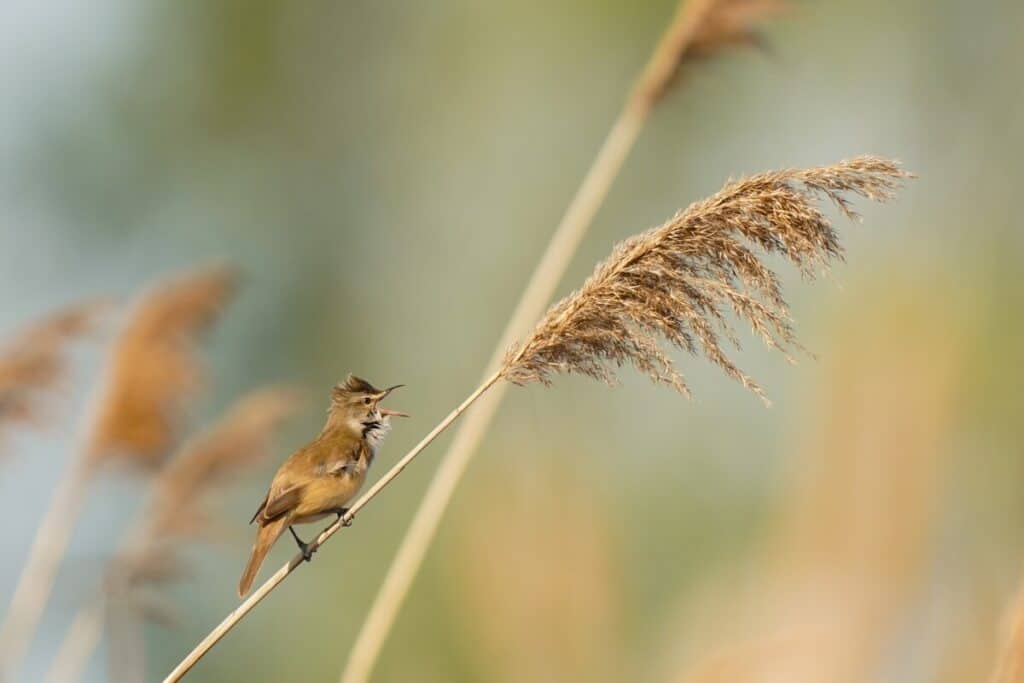
Polygamy is a breeding system where any sex can have multiple mates with birds of the opposite sex. (i.e. one male to many females and vice versa). This actually only takes up to 3% of the birds worldwide. Polygamy can be thought of and remembered as how kings in the past can have many wives! Polygamy can be further split into 2 categories:
- Polygyny: 1 male to multiple females (2% of all birds). Examples of such birds include the Red-Winged Blackbird and the Great Reed Warbler.
- Polyandry: 1 female to multiple males (<1% of all birds). Examples include the Northern Jacana and the Dunnock
4. Bird Reproductive Systems

Now that we’ve covered all the basics, let’s delve into the areas that not many know about. You could also call these the ‘private parts’ HAHA! Now, I’m going to share with you more about what I found online about bird reproductive organs and condense it into a digestible way for you!
Now, I know that all of these body parts can seem a little daunting for anyone of you who hasn’t learn biology before, so I’ll give you a little rundown on all the important parts of the male and female bird reproductive systems respectively.
Female Reproductive System
Let’s begin in the left ovary (top right of female reproductive system diagram).
- Left Ovary: A tissue that produces follicles. Female birds only have a single ovary, whereas female humans have two. Tiny tissue bags called follicles start growing in the ovaries, and their yolk is released into the oviduct.
- Oviduct: A sack that the yolk will travel down to become an egg oviduct. If a male bird comes along and inserts his sperms into the female reproductive tract, the yolk will be fertilized here. Regardless of fertilization, the egg will slowly form its shell with various proteins along the oviduct.
- Uterus: The passageway in which the egg will pass along to reach the cloaca
- Cloaca: The opening in which birds use for defecation (taking a dump), reproductive (sexual intercourse), and urinary tracts (passing urine). The egg will come out from this opening too.
Here, I found a nice video with 3D modelling of the female reproductive tract of a chicken. It’s easier to visualize!
Male Reproductive System
The male reproductive system is actually pretty similar to the human male reproductive system. It consists of the following organs:
- Testes: The 2 testes are two small oval-shaped organs that produce sperms in a process called spermatogenesis. Testis is singular, testes is plural.
- Vas deferens/Coiled duct: Transfers the sperm from the testes to the cloaca
- Seminal vesicles: Bag that stores sperms
- Cloaca: The opening in which birds use for defecation (taking a dump), reproductive (sexual intercourse), and urinary tracts (passing urine). Engages with female cloaca in a ‘cloacal kiss’
The reproductive organ that both males and females share is the cloaca. Here’s a video on it if you’d like more information on it:
5. Courtship Displays
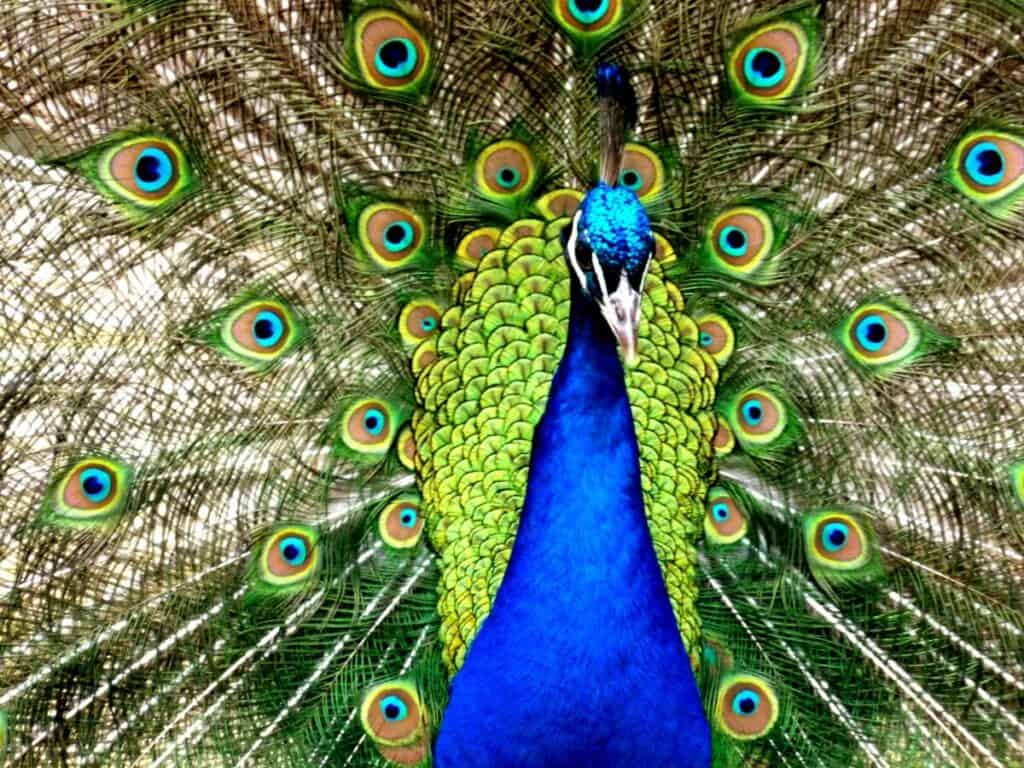
Now we know what body parts and when birds start their reproductive cycles, it’s time to get into the interesting part: the courtship displays! Birds perform all kinds of courtship displays: from beautiful bird songs to cool dance moves and nests just to attract a potential mate. I believe that there are no other animals that make such obvious courtship displays like birds!
For the most part, birds that are involved in courtship displays and fanciful performances have very different looks between males and females. The difference between looks and sounds that males and females can make is known as sexual dimorphism. This is what makes some male birds look so much more attractive and colorful than their more drab-looking female counterparts.
Attractive Performances
When it comes to putting on a show, most birders like myself will think of the birds-of-paradise; they are members of the Paradisaeidae family of the order Passeriformes. These birds are ONLY found in Papua New Guinea and Eastern Australia in an untouched tropical forest.
Here, in the below video, I have found a really nice video on the six-plumed birds of paradise. These birds are extremely immaculate birds, and I would dare say far neater than some people can ever be. Male six-plumed birds of paradise will undergo a very interesting cleaning routine.
Firstly, he goes the extra mile to clean and make sure the forest floor of his ‘stage’ will be free from any debris or leaves. Then he ‘sands’ the exact perch that an interested female bird would perch on to make sure it is smooth and clean. In doing so, he is indirectly demonstrating his fitness and ability to feed himself well (good genes!) which are desirable traits that may attract a potential female.
The best part is this: his dance! He sways side to side, flashing the iridescent colors of his neck, and bobbles all six of his plumes to seduce his mate. Ok, even if the female birds aren’t impressed at this point, I am! I mean, just look at this preparation work and thought that went into it! If the female bird decides that his performance is up to standard, then he will have a chance to mate with her.
Bird Sounds

Birds not only do prep cleaning work and dance around a lot, but they also make use of sounds from their throat! In a local example from where I live in Singapore, there is a very noisy bird called the Asian Koel. In fact, ask anyone in Southeast Asia, and it would be likely that they have heard this bird’s noisy calls. The male Asian Koel makes an extremely loud and repetitive ‘koooooEL’ or ‘uwu’ sound that can be heard mostly in the early mornings and late evenings. It calls less commonly during the day although it is still annoying.
Here’s a link to the call of a male and female calling in unison if you’d like!
While the people all complain about its loud call, there are female Asian Koels that absolutely love it and join in the bird song… The loud calls are definitely effective in helping females find males and eventually mating. I remember once when I saw two males fighting for a female and it was definitely an interesting sight to see!
Here’s a video on the bird if you’d like to check the bird out!
While Asian Koels just cause a massive racket, Birds-of-Paradise actually use vocalizations to not only proclaim their territory but also to attract potential mates to their performance site, where they will perform their mating ritual. Here’s a video of experts from the Cornell Lab of Ornithology explaining the use of sounds by Birds-of-Paradise:
If you’re getting bored with reading about all the boring stuff about the technicalities of bird mating, then you would be absolutely fascinated with the way male King-of-Saxony’s make otherworldly loud calls with a high level of complexity to attract their mate. Here’s a video for your viewing pleasure, please enjoy:
Non-vocal Sounds
While some male birds use their vocal cords (syrinx) to carry them to victory with a potential female mate, there are some who use very odd and very intriguing non-vocal sounds! In the video below, you will find out for yourself what sounds these are from the Black Sicklebill and the Paradise Riflebird species. Be prepared to be amazed!
Competition Among Males
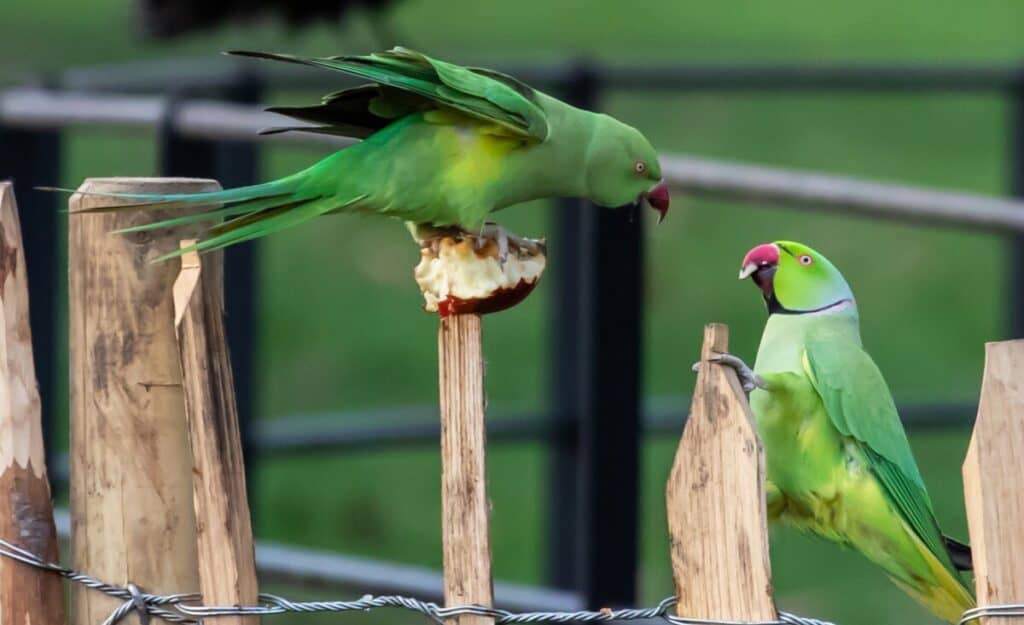
While waiting for a potential female to give attention to males, males often face competition from other males. This often includes either fiercely defending their territory, announcing their territory, and even sabotaging other males’ bowers in bowerbirds.
Why did I mention choose to mention bowerbirds? Well, that’s because they have a highly unique courtship behavior, in which males will build a structure and decorate it with twigs and other brightly colored objects. This structure is known as a bower. The brightly colored objects can be simple man-made objects such as bright blue straws, bottle caps, and plastic bag remnants.
In the video below, you will be learn how bowerbirds males compete for females even without the presence of a female. Bowerbirds will even go to the extent of destroying other male’s bowers in attempt to sabotage its direct competitors for mates.
Lekking
A lek is an gathering of males of the same species in a single area for the purpose of performing their mating display to females. This also means that leks are advantageous to females as they can see all their choices of males in a single location.
However, when you put too many competitive males in a single location in a lek, there are bound to be territorial disputes. Each male has his own territory set up within the lek which he will fiercely defend. Females will then move around from territory to territory to check out the males. Males will only mount on females when they show indications of allowing for it.
Here’s a video of Sage-Grouses doing their mating ritual in leks!
6. Bird Mating Behavior (How Do Birds Mate?)
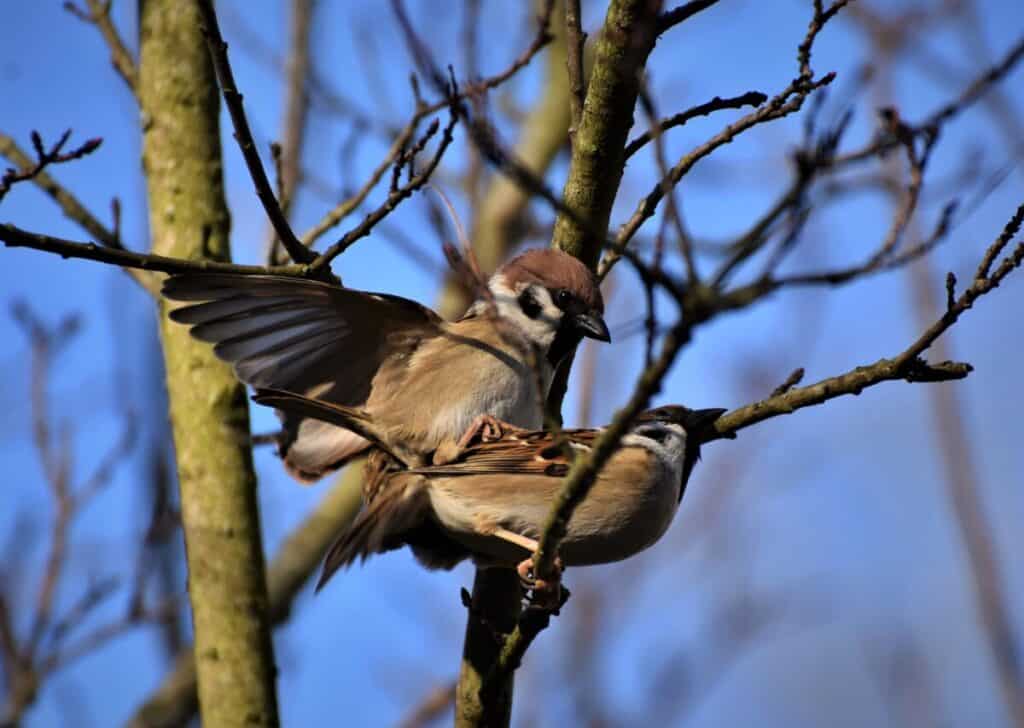
All that prep work, all that dancing, and all that singing have finally led up to this point. And now what? How does the sperm from the male actually reach the egg from the female? Well, actually the act of sexual intercourse in birds is entirely different from the human coitus method!
Male birds do not have penises male humans do. Instead, they have an opening known as the cloaca that will come in contact with the female cloaca to transfer his sperm to the female bird.
Most birds mate in a process known as the cloacal kiss. During sexual intercourse, a male bird will attempt to mount the female on her back as the female bends forward and lifts her tail to one side. The cloacal kiss happens when the male cloaca and female cloaca meet with a transient touch.
During the breeding season, hormonal changes in both male and female birds can actually cause their reproductive organs to increase in size and efficiency! For example, male testes can swell to more than 1000x their usual size, and female ovaries and oviduct expand in size in preparation for egg fertilization and laying eggs.
Cloacal Kiss
Birds engage in coitus with a technique known as the ‘cloacal kiss’. This is how the procedure works in most birds:
- First, the male would perform his mating display.
- Then the female will give some form of indication to the male, and stoop a little lower for the male to mount.
- The male bird will then take the cue and mount on the female.
- Next, he will slowly lower his body and use his tail to sweep or brush aside the tail of the female bird. The female bird responds by lifting up her tail.
- Eventually, the cloaca of the male bird will meet the cloaca of the female bird in the phenomenon known as the ‘cloacal kiss’.
- The sperm from the male cloaca will be transferred to the female cloaca and go into the oviduct where her eggs will be fertilized
Here’s a video of Osprey performing copulation and a cloacal kiss:
Here’s a video of the cloacal kiss in slow motion:
Here are some videos of a peacock/peahen and pigeons performing mating rituals and a cloacal kiss.
Fertilization
When the birds perform the cloacal kiss, both birds assume that the sperm has entered the female’s body and get ready to build a nest/get ready for hatchlings. But what actually goes on behind the scenes in the female’s body? Here’s what happens: Sperms enter the female’s cloaca and proceed through the uterus to the oviduct. (Refer to the diagram below). The sperms will meet the yolk that was produced in the ovary in the oviduct and be fertilized there. The sperms will then enter the yolk and begin the formation of a fertilized egg in the oviduct.

Also, if you are looking for a visual aid on how the yolk travels in an avian female reproductive system, then have a look at this video. One thing though, this video does not include fertilization of the yolk.
7. Nesting

After all that sexual activity, it’s time to prepare for all the responsible adult stuff. By this, I mean the actual raising and preparation to house and feed their young! After a cloacal kiss or two, birds will begin their nesting journey by building up their nests using different nest materials and in accordance with the type of nest they prefer. You can read an article I wrote about nest identification here if you want to read about nests from a birder’s perspective.
Egg Laying
Typically, after fertilization, the yolk becomes an egg, and the egg is laid after 24 hours. This is the reason why female birds typically lay one egg a day. At the end of laying all her fertilized eggs, the total amount of eggs laid can vary from species to species. This total number of eggs is known as the clutch size. It can be a few as 1 – 2 in Mourning Doves and as many as 15 in Wood Ducks.
Incubation
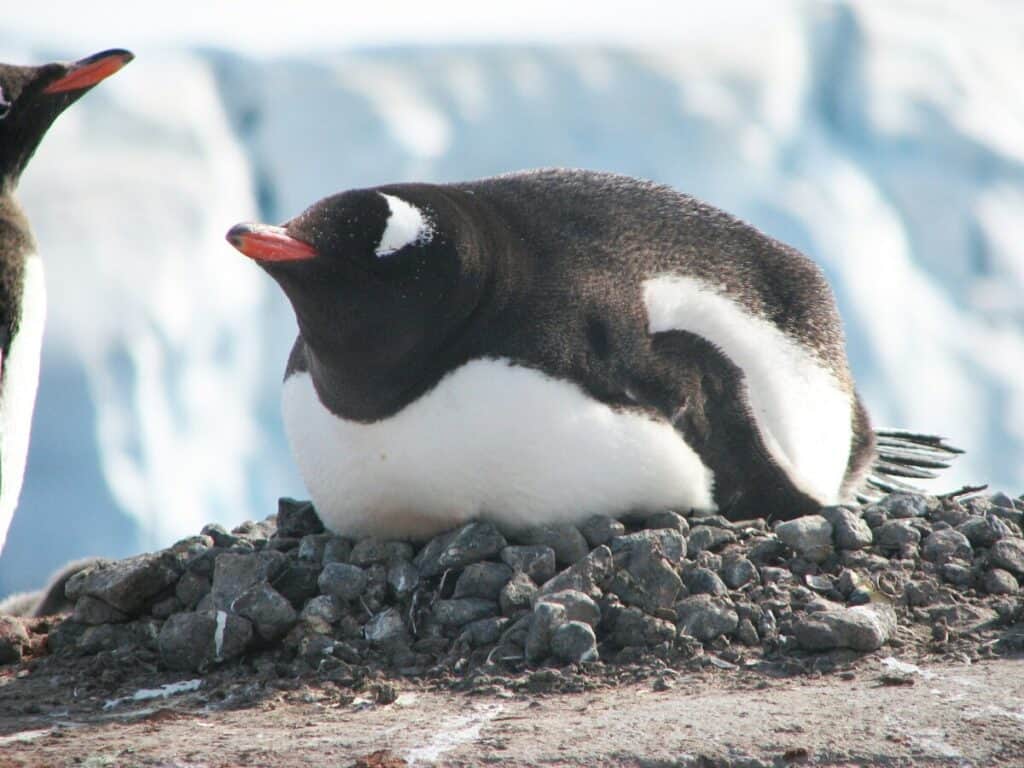
Once the eggs leave the body, the responsibility of parent birds does not end! In fact, the temperature of the outside environments is about 20 degrees lower than the internal body temperature of the female bird! This means that females and sometimes male birds have to incubate their eggs to make sure they develop normally. The incubation time of the eggs depends on the size of the bird species. The larger the bird, the longer the incubation period required. The shortest can be about 10 days, and the longest can last up to 90 days.
Interestingly, parent birds supply their warmth to their eggs using a bare patch of featherless skin under their belly known as the incubation patch or brood patch. It allows for direct skin contact with their eggs for efficient heat transfer. Here’s an image of the brood patch of a Bank Swallow.

Brood Parasitism

While most birds take care of their helpless young, there are some who rely on other bird species to rear their young! Sounds ridiculous right? These birds are known as brood parasites. They lay their eggs in a nest of other birds. Surprisingly, with the instincts to take care of all the eggs in their nests, the foster parents perform all the parental duties for the brood parasite. This includes incubation, hatching, feeding of hatchling until the baby birds are fully-fledged.
Here’s an example. Remember the noisy Asian Koel from before? It’s also a brood parasite! It lays its eggs in a House Crow’s and Golden-Bellied Gerygone’s nests which help to raise its young. This is behavior is primarily due to the female Asian Koel lacking an incubation patch and therefore unable to incubate and develop its eggs well. When the brood parasite eggs hatch, they sometimes have a kicking action that pushes other eggs out. Also, brood parasites grow faster and get big much quicker than the original chicks feeding on their parents just from the large space.
Here are some videos explaining it:
8. Hatchlings
After the eggs have been successfully incubated, they hatch and new hatchlings emerge!
Hatchlings are divided into two groups: Precocial and Altricial. Precocial hatchlings immediately leave the nest, follow their parents and start to pick up their own food. Birds of this type include ducks and shorebirds. These birds are born with feathers intact already.
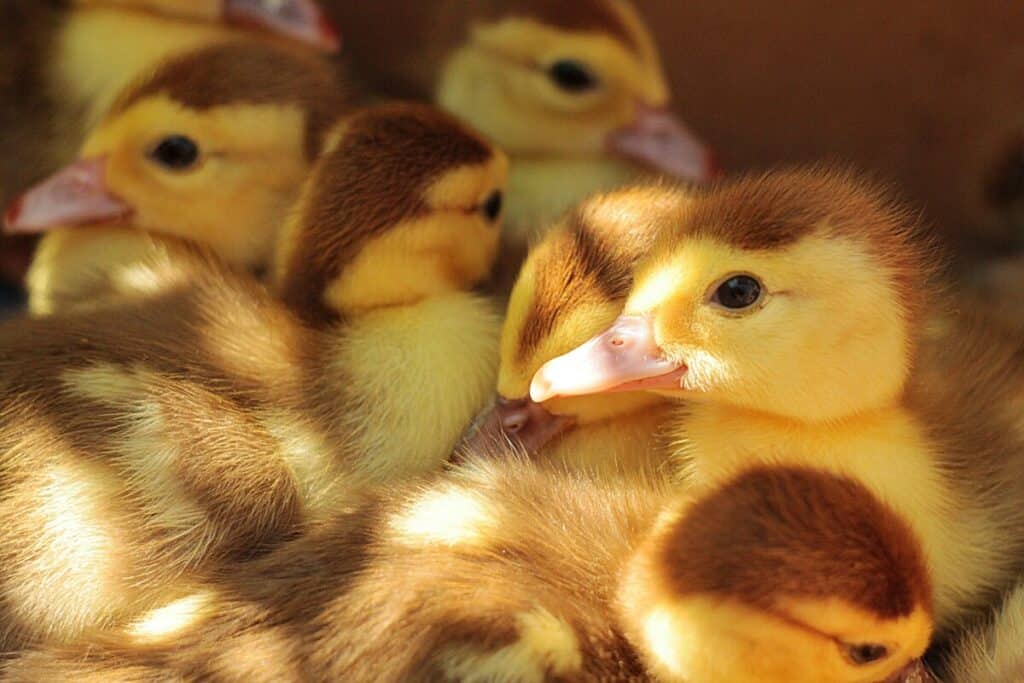
Altricial hatchlings are born naked, blind, and helpless. This is when parent birds start to get busy. They need to start hunting for food to feed their young. All hatchlings can do is to open their mouths and beg for food when their parents arrive. Examples of altricial hatchlings include woodpeckers, swifts, kingfishers.
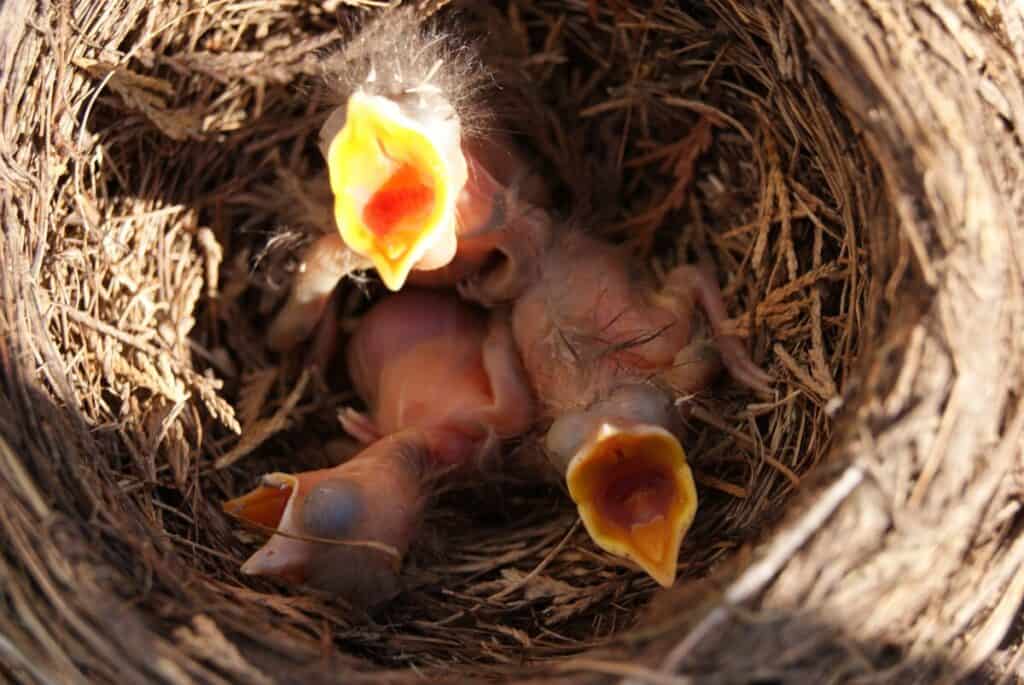
9. Fledglings

If hatchlings are fed well, they can potentially grow very fast within the first week and start to grow feathers and double their body weight! Now they are less reliant on their parents for warmth from brooding. However, at this stage, parent birds still continue to bring food to their fledglings because they are still not well developed enough to take flight or hunt on their own.
10. Adulthood
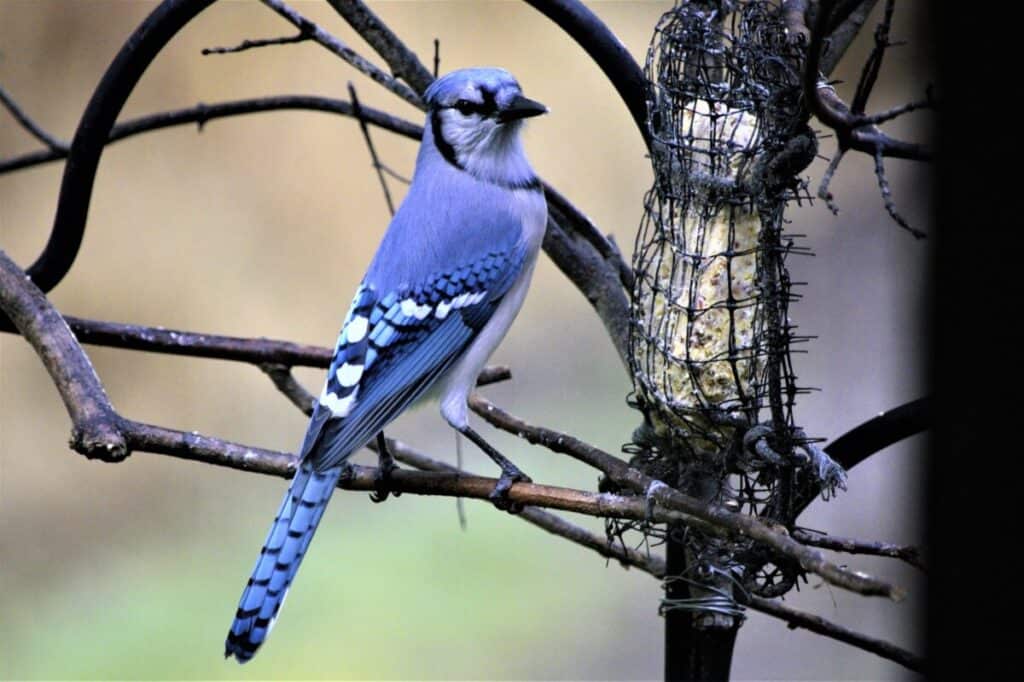
Once fledglings can take flight on their own and hunt on their own, they also reach their sexually mature stage where their plumage takes on the correct tint. They have officially entered adulthood. They can now continue to find another mating partner, reproduce, and continue the cycle every year! Congratulations, you’ve just been through the entire life cycle of a bird! Of course, this is just the reproductive portion of it, and it doesn’t count the other activities birds do such as migration.
Final Thoughts
You’ve learned so much more about the processes involved in bird reproduction! Give yourself a pat on the back. In summary, you’ve learned the following: (1) the life cycle of birds, (2) breeding systems, (3) bird reproductive triggers (4) bird reproductive systems, (5) courtship displays, (6) mating behavior, (7) nesting, (8) hatchlings, (9) fledglings, and (10) adulthood. I hope you have learned a lot from this article and that this has been valuable to you. Thank you for reading and happy birding!
References
- Wijk, Rien & Schaub, Michael & Bauer, Silke. (2017). Dependencies in the timing of activities weaken over the annual cycle in a long-distance migratory bird. Behavioral Ecology and Sociobiology. 71. 10.1007/s00265-017-2305-5.
- A Dawson. (2015). Annual gonadal cycles in birds: Modeling the effects of photoperiod on seasonal changes in GnRH-1 secretion, Frontiers in Neuroendocrinology, Volume 37, Pages 52-64, ISSN 0091-3022. https://doi.org/10.1016/j.yfrne.2014.08.004. (https://www.sciencedirect.com/science/article/pii/S0091302214000764)
My Recommended Birding Resources:
Hey there, Justin here!
Here’s a list of all my favorite resources, products, and brands I trust and love.
My Celestron Nature DX 8×42 Binoculars: It’s a great budget pair for beginner birders. Highly valued for its price! Read my review.
Safe Paint for Bird Baths Guide: Learn about non-toxic paint for painting bird baths.
Safe Sealers for Bird Baths Guide: Learn which sealers are safe for bird baths.
Safe Paint for Bird Feeders Guide: Learn what special care needs to be taken to paint bird feeders with the right paint.
Safe Paint for Birdhouses Guide: Learn about non-toxic paint for painting birdhouses. (Not the same as bird baths!)
Bird Identification Apps Guide: 2 of my favorite birding apps are Merlin Bird ID, and eBird Mobile! Merlin is great for tracking and identifying birds, and eBird Mobile is great for tracking the birds sighted when birding.
Check out my resources page for the full list of resources I recommend!

Justin Chia
Justin is the founder and author of Birding Outdoors. He is a Nanyang Technological University (NTU) alumnus with a Bachelor of Biological Sciences and a former data analyst.
Now, Justin runs the Birding Outdoors blog full-time, hoping to share his deep love for birds, birding, and nature with others.
To unwind, Justin enjoys gaming and reading.

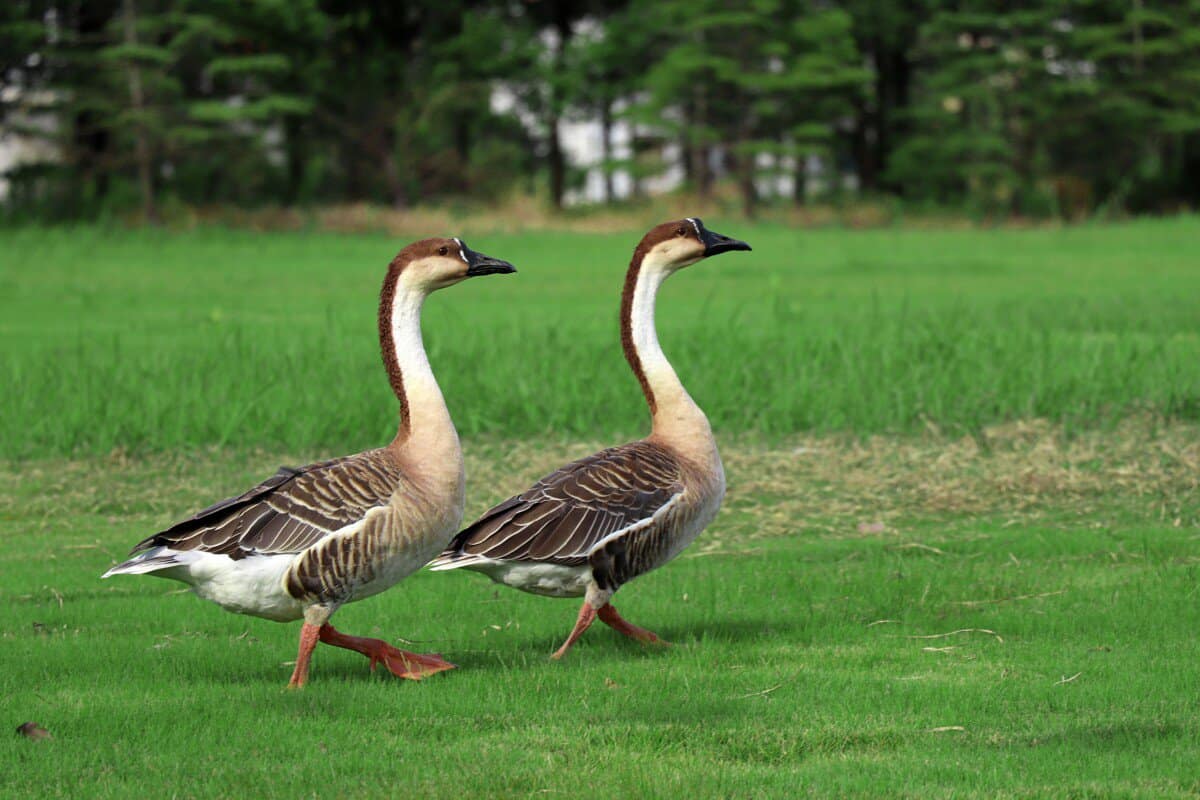
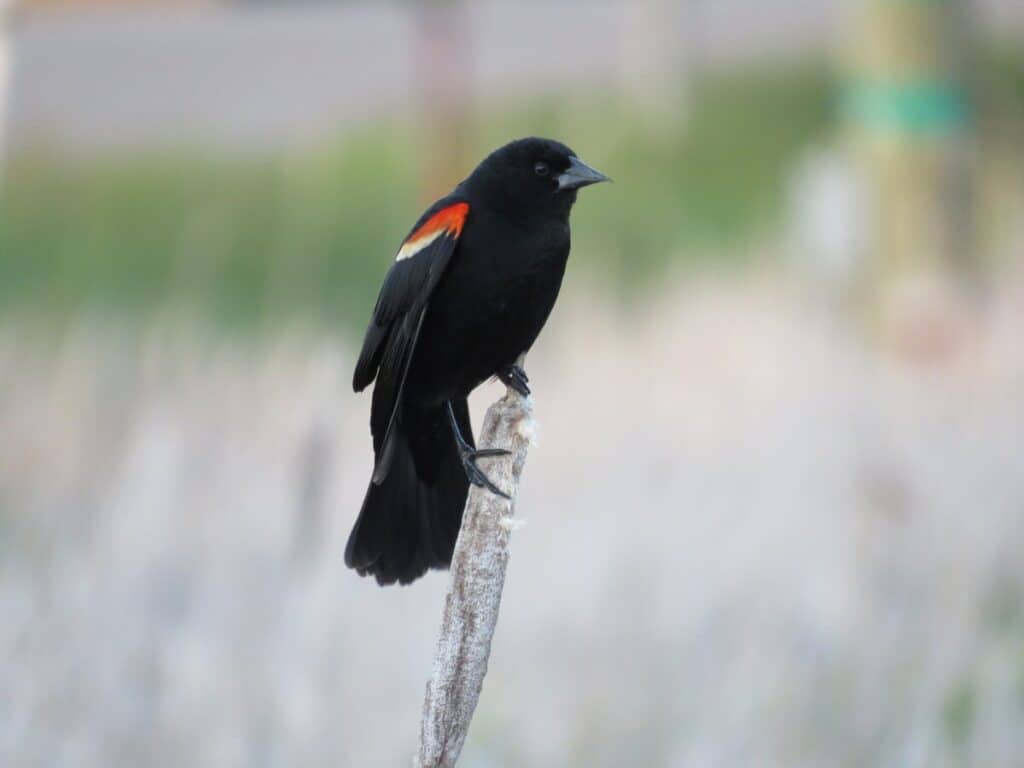

![Why Do Birds Walk When They Can Fly? [ANSWERED! + FAQs]](https://birdingoutdoors.com/wp-content/uploads/2021/07/why-birds-walk-instead-of-flying-1-768x512.jpg)

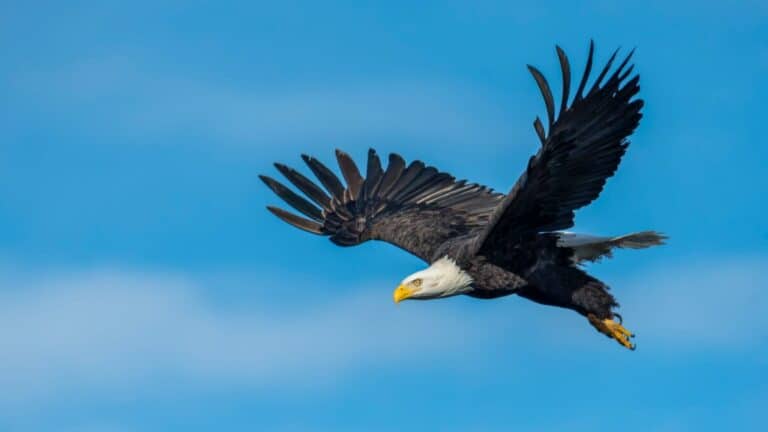

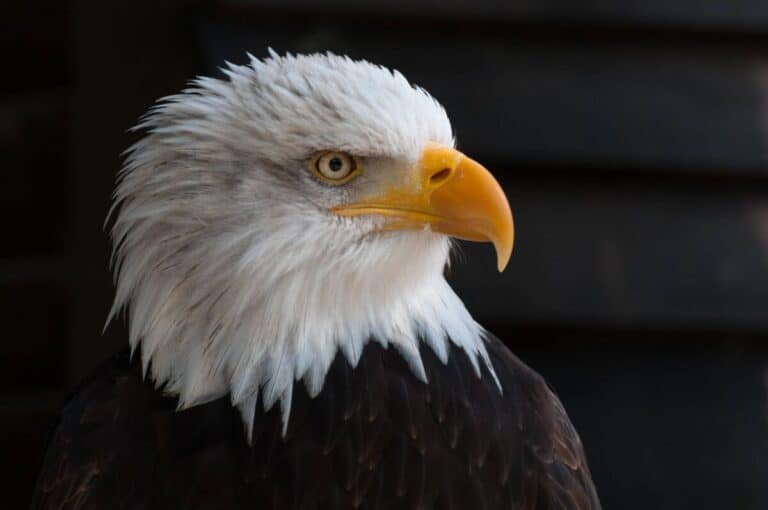
![How Long Does It Take For A Bird To Grow Up? [Answered!]](https://birdingoutdoors.com/wp-content/uploads/2021/05/spring-712051_1920-768x554.jpg)